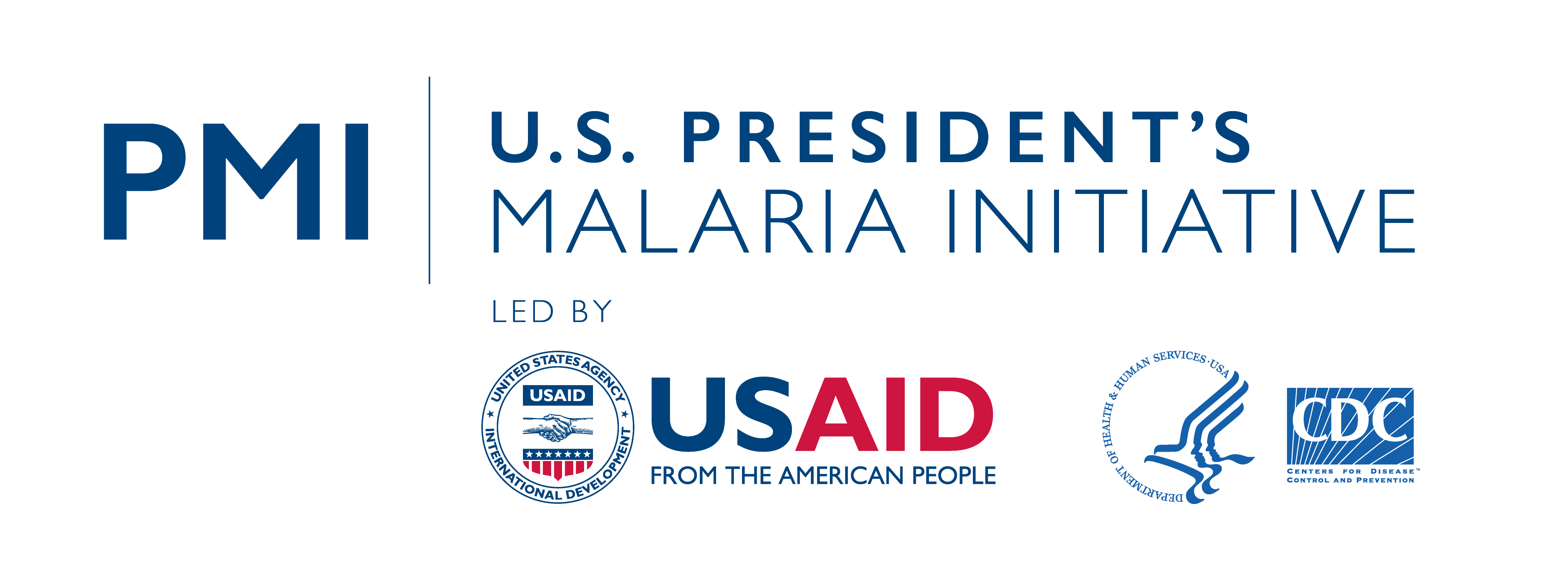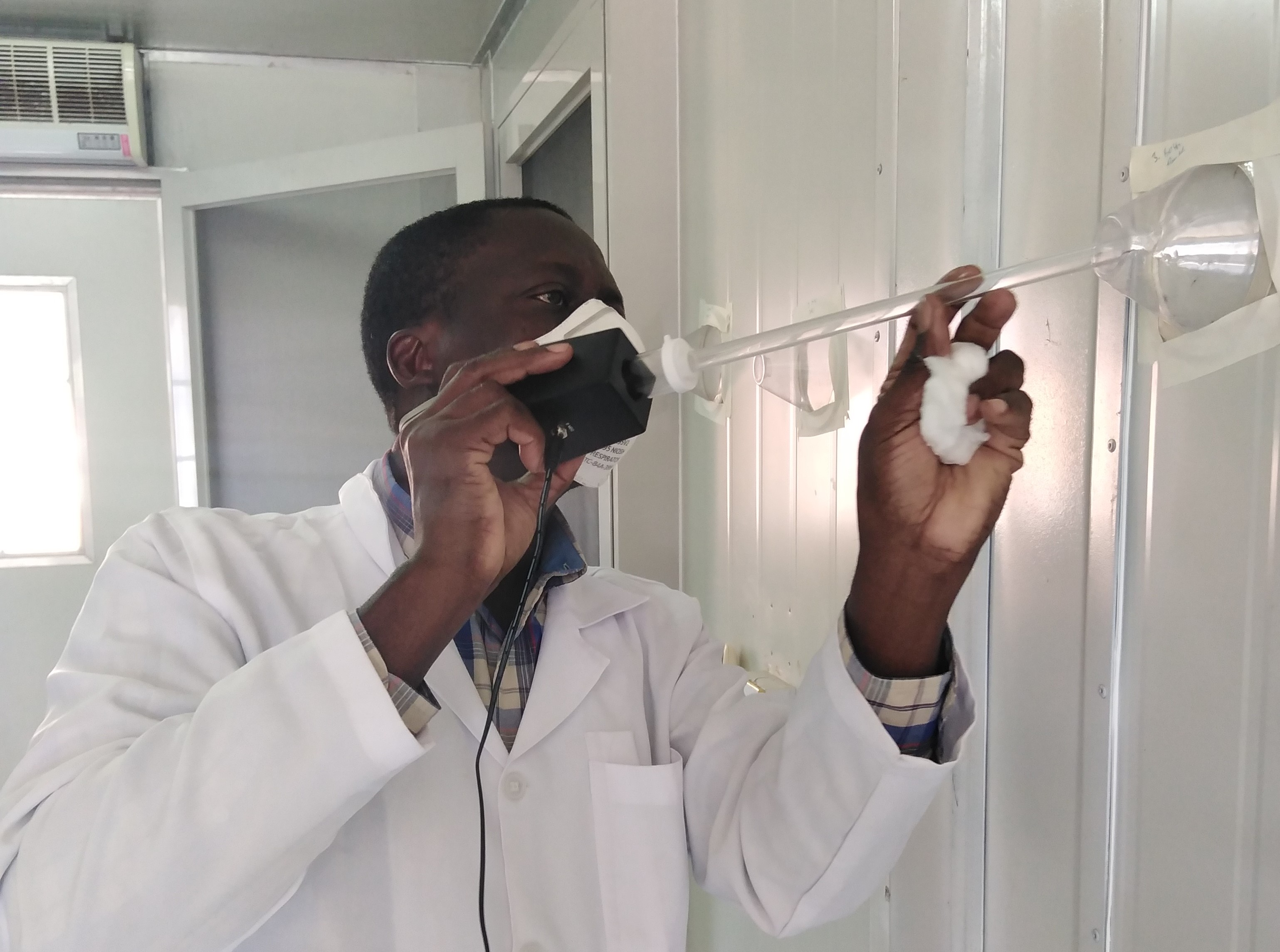Zambia

Mohamed Bayoh has served as Entomology Technical Manager for the U.S. President’s Malaria Initiative (PMI) VectorLink Project in Zambia since 2018. Originally from Sierra Leone, Mohamed holds a PhD in Medical Entomology from Durham University, England, UK, and a Master of Applied Science in Experimental Parasitology from University of Glasgow, Scotland, UK. As a child, Mohamed frequently contracted malaria, so often he said that missing school seemed normal. Recently, Mohamed shared his experience as an entomologist across Africa and how he is working to build local capacity in Zambia.
Can you tell us a little about your role as an Entomology Technician Manager and your work experience?
I am responsible for PMI VectorLink Zambia’s entomological monitoring to determine the impact of the project’s indoor residual spraying (IRS) and insecticide-treated nets (ITN) campaigns in Zambia. I also provide technical assistance to the Zambia National Malaria Elimination Program (NMEP) on vector control and entomological monitoring. Recent activities include drafting standard operating procedures for entomological monitoring for use by the NMEP. Two important achievements include the training of district-based government health officers in entomological monitoring and the establishment of a PMI-funded laboratory space at the NMEP premises for advanced analysis of mosquito samples.
Before I started with VectorLink, I was a Public Health Specialist and Senior Technical Advisor with the US Embassy/Kenya Centers for Disease Control and Prevention (CDC), based in Kisumu, Kenya, after serving as the Head of Entomology at the Kenya Medical Research Institute/CDC Public Health Collaboration Program in Kisumu. During both periods I worked very closely with the Kenya National Malaria Control Program for 12 years as a resource person in malaria programmatic activities and operational research, the development of malaria vector control strategies, operational guidelines, and program monitoring and evaluation. I contributed to several evidence- based programmatic decision-making processes, for example, the shift from pyrethroid insecticides to non-pyrethroids for IRS, developing technical specification and guidelines for selection of ITNs for national campaigns and other distribution mechanisms.
What changes have you seen in your work and vector control since the VectorLink Zambia project began?
I’ve seen a change in the increased motivation of the Zambia national program in the use of data for decision making as more reliable and robust data has become available. Each decision must be linked to data evidence such that the program is currently developing a national entomological database to guarantee quality data availability and access.
How has the project strengthened entomology at the local or community level?
PMI VectorLink engages community members in mosquito collection activities. Community members are trained to do the collections themselves. This has helped a lot with the community’s understanding and acceptance of vector control interventions and the link between IRS and ITN activities and a reduction in mosquito bites.
How does the project invest in local partners to lead malaria programs?
The project provides training for malaria control officers in different parts of Zambia on entomological monitoring so that there is human capacity to implement such activities in the districts. The project supports a fully-fledged insectary where a susceptible mosquito strain is reared and a molecular laboratory for mosquito analysis. The PMI-supported insectary and molecular laboratory are available for use by local partners, including university students to learn or do research.
Also, entomological monitoring sentinel sites have been established in many districts, making it easier for the national program to continue such activities in these districts. PMI VectorLink has provided hands-on training and provided equipment, such as vector collection traps and entomological supplies, to the NMEP in areas where PMI isn’t funding activities. Ideally, every district should be able to conduct surveillance. One way we can further assist is to ensure that the training we’ve provided is used in other districts that we don’t work in by providing basic equipment and materials to those districts.
How does the project ensure malaria services, including entomological activities, are resilient against pandemics and other shocks? The project adopted standard World Health Organization and PMI- approved protocols, quickly applying what has been learned from other countries and from what has been tried and tested in data handling and reporting. The project’s commitment to innovation and ways of ensuring the work continues with safety of staff and the public paramount. In 2020, VectorLink Zambia replaced mouth aspirators with battery-operated aspirators as a Covid-19 mitigation measure. (The traditional method of conducting wall cone bioassays involves the use of mouth aspirators to transfer mosquitoes from holding cups to cones attached on sprayed walls and back to holding cups after the insecticide exposure period. To continue measuring efficacy while maintaining safety precautions, PMI VectorLink used handheld, battery-operated aspirators to conduct the cone assays, which would allow staff to keep their protective face coverings on while conducting the tests.)
How does the project share entomological data with local partners? The Zambian Ministry of Health actively participates in the selection of PMI VectorLink-supported sentinel sites, the training of mosquito collectors and the supervision of data collectors during entomological monitoring. The data collected by PMI VectorLink is being used to make vector control programming decisions. This is done through regular vector control technical working group meetings and written reports shared with the NMEP. The most important consumer of this data is the NMEP. Recommendations on the insecticides available for IRS and the type of ITNs and where they can be deployed is based on insecticide resistance data, the environment, and type of mosquito species. The data collected is synthesized into a visualization model which helps the NMEP determine which insecticide to use and where to use them. (PMI VectorLink collaborated with the key partners to compile the entomological data and produce a series of integrated visualizations, incorporating over 600 data points on vector composition and insecticide resistance from 2000-2019. This was the first time that these datasets had been combined and viewed at the same time, and together they painted a comprehensive picture of insecticide resistance and species predominance across the country.)
How does the project ensure that we are reaching the unreached with our entomological activities? In the districts in which we work, we monitor entomological parameters in IRS sites as well as sites where IRS is not being implemented. These sites are usually far to reach areas or communities with scattered households over a large terrain.
What is your hope for the project’s future?
My hope is that our hard work can continue and that the changes we have recommended based on current data from the various countries are implemented.


